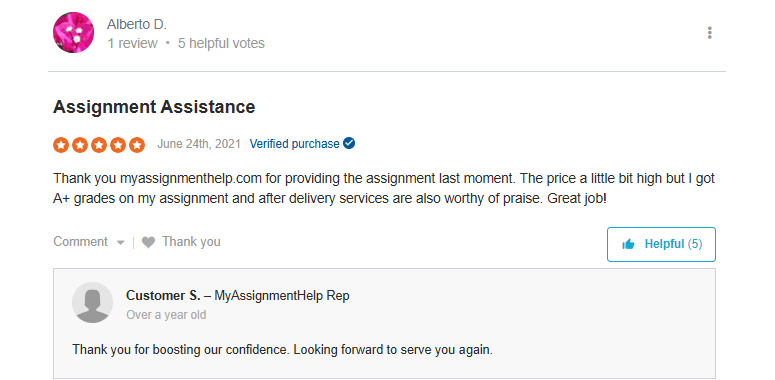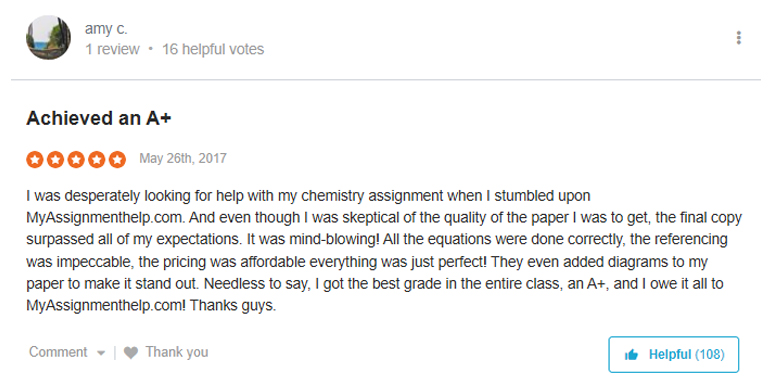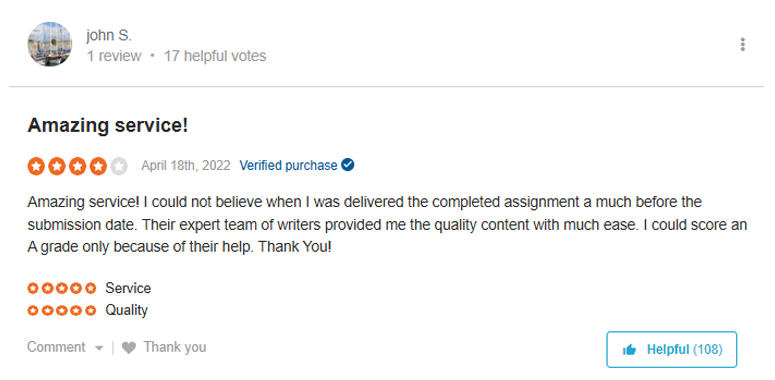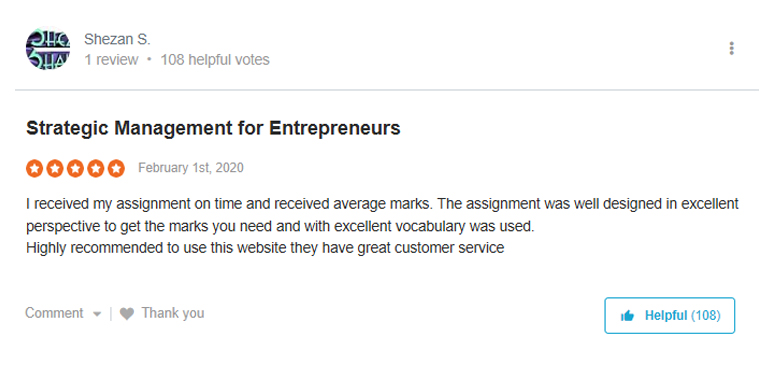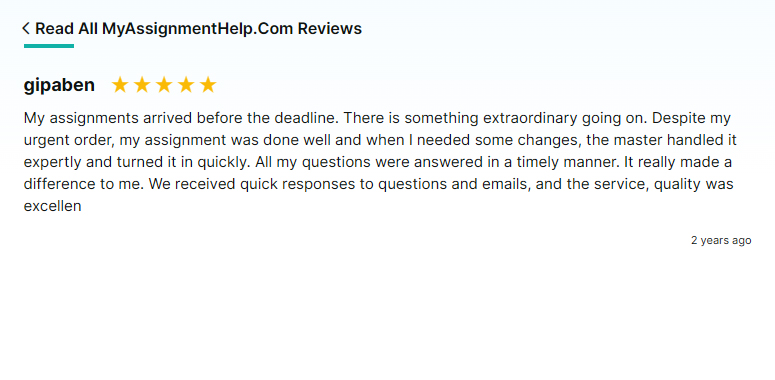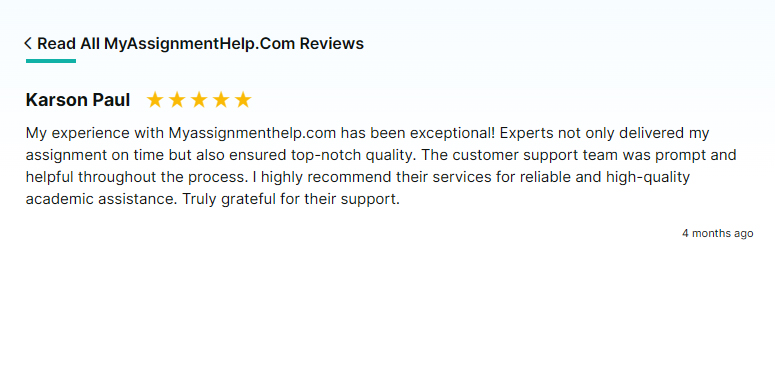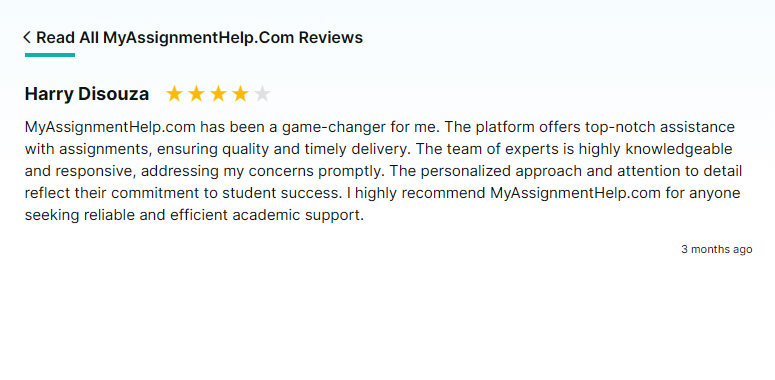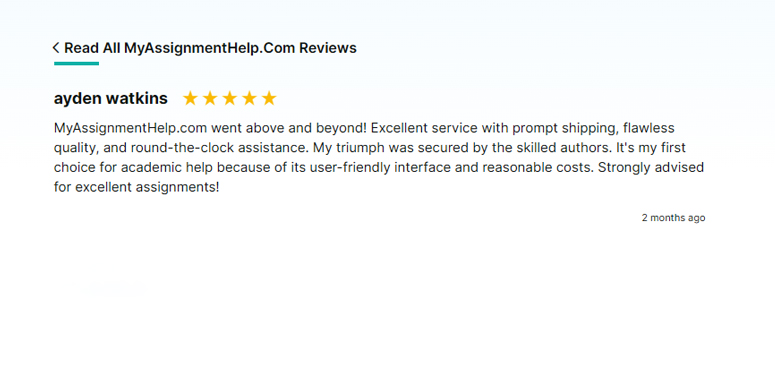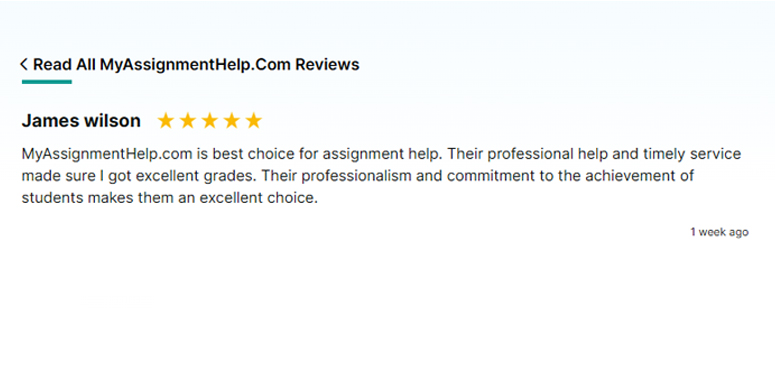Our Team of Expert Case Study Writers at MyAssignmentHelp
A look at the team of case study writing experts who will help boost your grades:

Charles Adkison
LLM in Business Law
I joined MyAssignmentHelp a few years back. I offer writing assistance to students struggling with case studies.

Jack Arens
MBA in HRM
I was an HR professional in an MNC before joining MyAssignmentHelp. I offer academic assistance to students.

Leroy Bicknell
MBA in Marketing
I am one of the academic writers at MyAssignmentHelp and have handled a lot of case studies so far.

Alexander Anderson
Ph.D. in Nursing
I’ve helped many students get the best solutions in the past 5 years. I also share study materials for reference.

